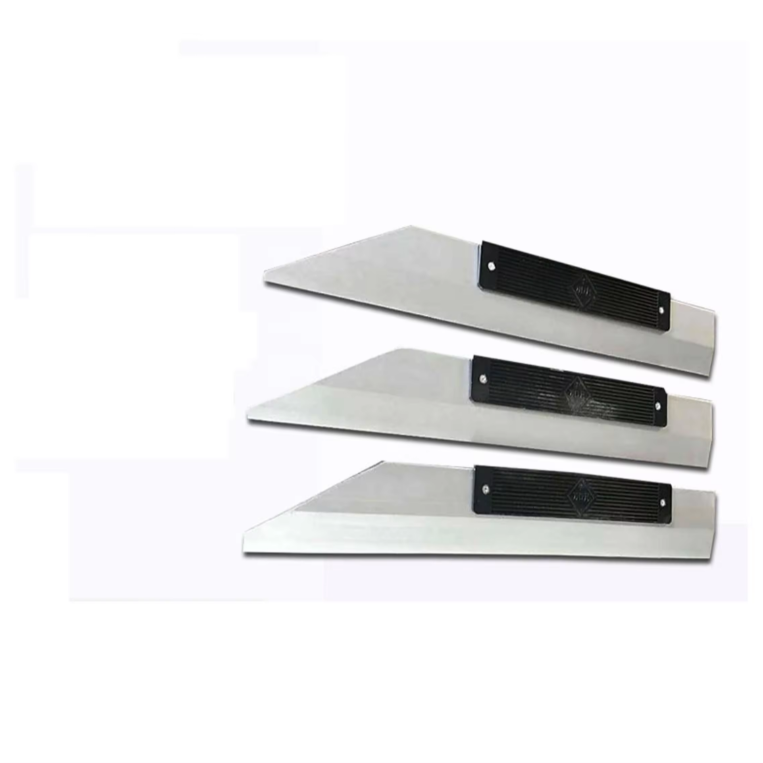Août . 12, 2024 22:56 Back to list
Exploring Various Types and Applications of Knife Gate Valves in Industrial Settings
Understanding Knife Gate Valve Types A Comprehensive Overview
Knife gate valves are crucial components in various industrial applications, particularly in systems that handle slurries, liquids with suspended solids, and abrasive materials. Their design enables efficient and precise control of flow, making them ideal for isolation in piping systems. This article will explore the different types of knife gate valves, their applications, and features, helping you understand their importance in industrial operations.
What is a Knife Gate Valve?
A knife gate valve features a sharp-edged blade that slices through the medium, allowing for quick isolation and efficient flow control. The design is generally robust, with materials selected to withstand harsh conditions. The valve operates in a linear motion, and its gate can either be fully opened or closed, making it suitable for on/off applications rather than throttling.
Types of Knife Gate Valves
1. Manual Knife Gate Valve - Overview Equipped with a handwheel or lever, manual knife gate valves are operated by a user who controls the opening and closing of the valve. - Applications Commonly used in situations where the operating frequency is low, such as in wastewater treatment plants or mining applications.
2. Pneumatic Knife Gate Valve - Overview These valves are operated using compressed air. They provide faster operation compared to manual valves and are ideal for systems that require frequent cycling. - Applications Suitable for more automated systems found in food processing, chemical plants, and petrochemical applications.
3. Electric Knife Gate Valve - Overview These valves use an electric actuator for operation. This type allows for remote control and integration into automated control systems. - Applications Widely used in large industrial facilities where remote monitoring and control are required, such as power generation plants and large-scale manufacturing.
4. Hydraulic Knife Gate Valve - Overview Hydraulic knife gate valves operate using hydraulic actuators. They are designed for heavy-duty applications and can handle high-pressure scenarios. - Applications Common in mining, pulp and paper, and other industries that manage thick slurries or materials under significant pressure.
knife gate valve types

5. Double-Disc Knife Gate Valve - Overview Featuring two blades that close at the same time, double-disc knife gate valves offer improved sealing capabilities. - Applications Often used in applications with high solid content, where the risk of clogging is significant, such as in ash handling or waste treatment.
Key Features and Benefits
- Robust Design Knife gate valves are constructed from durable materials such as stainless steel or cast iron, ensuring longevity and resistance to wear from abrasive substances.
- Versatility Their ability to effectively handle different types of media makes them highly versatile. They can operate in various settings, from heavy industrial environments to wastewater facilities.
- Easy Maintenance The simple design of knife gate valves allows for straightforward maintenance and repair, an essential factor for minimizing downtime in industrial operations.
- Cost-Effective Compared to other valve types, knife gate valves are often more affordable, especially for large-diameter applications, making them a cost-effective solution for many industries.
Conclusion
Knife gate valves play a pivotal role in numerous engineering applications, providing reliable isolation and control in challenging environments. Understanding the various types available—manual, pneumatic, electric, hydraulic, and double-disc—enables engineers and operators to make informed decisions tailored to their specific needs. Selecting the right knife gate valve can enhance operational efficiency, reduce maintenance costs, and ensure the longevity of piping systems in various industries.
-
Smart Monitoring Integration with Modern Gate Valve TypesNewsJun.16,2025
-
Innovative Metal Mesh Strainer Designs for Modern Minimalist KitchensNewsJun.16,2025
-
Impact of Control Valve Maintenance on Pipeline SafetyNewsJun.16,2025
-
Essential Maintenance Tips for Trunnion Ball Valves TypesNewsJun.16,2025
-
Cost-Benefit Analysis of Common Check Valve TypesNewsJun.16,2025
-
Bidirectional Flow Challenges in Globe Valve SystemsNewsJun.16,2025
Related PRODUCTS









